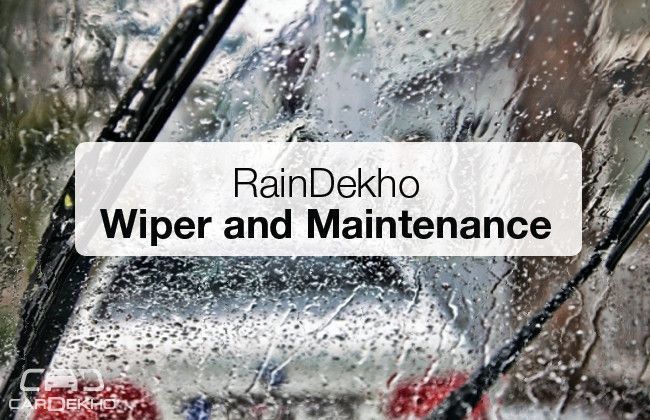Be in Control - Know about ABS and EBD
Modified On Aug 12, 2014 04:52 PM By Bala Subramaniam
- Write a comment
Safety technology has come a long way into cars. One of the most basic safety features in your car is the ABS system. This system prevents wheel lock up when you stomp on the brakes suddenly. When braking on wet surfaces during rains, you tend to depress the brake pedal to its full limit and eventually end up locking the wheels. At this point your car starts sliding straight without directional control.

This is where technology yet again comes to your rescue. Anti-lock braking system prevents wheel lock up on a wet sleety surface or while panic braking. Sensors on each of your brakes check for wheel lock up and release and mash the brake discs in a matter of microseconds.
Other than the ABS system mashing the brakes and preventing a lock up, ABS also allows you to steer under hard braking. While driving in monsoon, poor visibility in heavy rains could cause other motorists to brake suddenly in front. ABS system would allow you to actually change your lane safely against the vehicle in front.
So, in a car without ABS, in case if the brakes are slammed for too long too hard, the chances of the wheels locking up are always a surety. And when the wheels do lock, they will stop turning before the car can come to a halt and this in turn causes loss of the directional control of the car. In monsoon, these chances are highly possible and the best way to keep control is to adhere threshold braking, where you brake hard, take the foot off the brake pedals slightly and then repeat till you can stop the car. But in these panic situations, it is difficult to keep these in mind and opt for a ABS loaded model.
A normal ABS system consists of four major components - speed sensors on each wheel, computer controlled valves on each brake (on the hydraulic lines), a pump for restoring hydraulic braking pressure and an electronic brain.
So when the electronic brain senses that any wheel is decelerating quicker than the others through the sensors, it adjusts the braking pressure of that wheel. This is done using the computer controlled valves, which will be opened or closed, on the respective hydraulic line and prevents the lock up. The pulsing sensation you feel when you brake hard with ABS is because of the opening and closing of the valves.
EBD or Electronic Brake Distribution is the extension of the ABS. This is the system that checks the speed and acceleration or deceleration of each wheel to estimate the amount of load on the wheels. The EBD adjusts the valves on the hydraulic lines of the brakes and distributes braking force accordingly. If a wheel is carrying more load, more force is distributed and if the load is less, so is the braking force.
The objective of the ABS with EBD systems is to provide the driver with more steering control under hard braking situations and also to reduce stopping distances in some cases such as wet roads. What’s important for you to remember is to keep braking as hard as you can.










